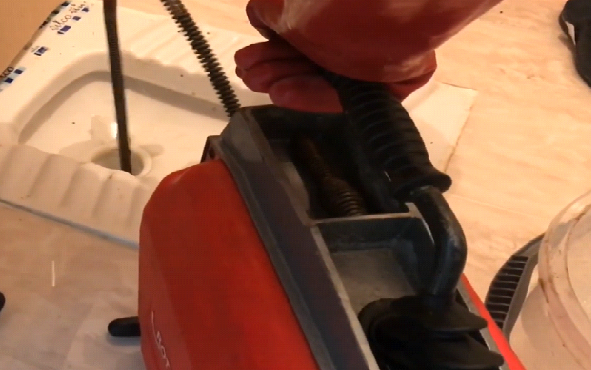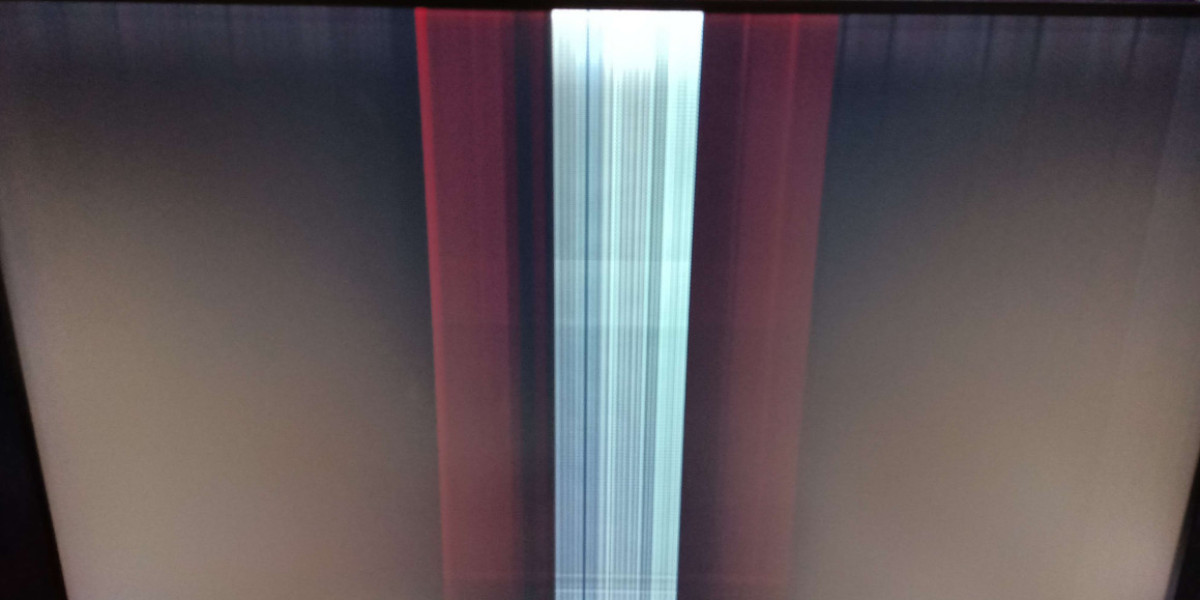Introduction
Embroidery digitizing has entered a bold new chapter in 2025. With the convergence of AI, smart automation, and design intelligence, "smart stitching" has become the buzzword of the industry. Gone are the days when digitizing was a painstaking manual process; today, businesses and hobbyists alike are reaping the benefits of intelligent software that delivers exceptional precision, efficiency, and scalability. In this post, we’ll explore how smart stitching is reshaping the embroidery digitizing landscape, offering insights for both seasoned professionals and newcomers.
What is Smart Stitching in Embroidery Digitizing?
Smart stitching refers to the AI-enhanced process of creating digital embroidery files with automated decision-making for stitch paths, density, underlays, and thread patterns. Unlike traditional methods, smart stitching learns from data and adapts in real-time based on fabric types, design complexity, and machine capabilities.
Key Characteristics of Smart Stitching:
AI-Powered Pattern Recognition
Automated Stitch Path Optimization
Real-Time Error Detection and Correction
Cloud-Based File Syncing and Editing
Why 2025 is a Turning Point for Embroidery Digitizing
In 2025, the digital embroidery industry is booming, and smart stitching has become a cornerstone of success. Here's why:
1. Increased Demand for Customization
Customers want unique designs—whether for fashion, branding, or gifting. Smart stitching enables fast turnaround with high-quality results.
2. Integration with E-Commerce Platforms
Smart digitizing software is now integrated with Shopify, Etsy, and Amazon Handmade, allowing sellers to offer custom embroidered items instantly.
3. Enhanced Fabric Compatibility
Smart tools now come with built-in fabric profiles, automatically adjusting tension, density, and stitch types to match materials like denim, silk, and polyester.
4. Eco-Friendly Production
AI reduces waste by optimizing thread use, preventing design failures, and eliminating unnecessary test runs.
AI Technologies Powering Modern Embroidery Digitizing
Machine Learning Algorithms
Modern software is trained on thousands of embroidery samples. It learns which stitch types perform best across various designs and fabrics.
Neural Networks for Stitch Prediction
Neural nets predict the most efficient and aesthetically pleasing stitch paths by analyzing user behavior and design preferences.
Real-Time Analytics and Feedback
Systems like PulseID or Wilcom’s AI suite provide performance reports on stitch quality, execution time, and cost per design.
Cloud & Collaboration
Remote teams can now collaborate on embroidery designs in real time. Cloud features allow automatic syncing across devices.
Benefits of Smart Stitching for Embroidery Businesses
Time Savings
Tasks that used to take hours can now be done in minutes.
Quality Assurance
With fewer errors, final designs are more consistent and professional.
Scalability
Businesses can handle bulk orders without compromising quality.
Lower Costs
Reduction in test runs, thread wastage, and human labor means a leaner production model.
Innovation
Stay ahead of competitors by offering complex designs with faster delivery times.
How to Transition from Traditional to Smart Embroidery Digitizing
Evaluate Your Current Workflow
Choose the Right Smart Software (Wilcom AI, Hatch 3, PulseID)
Train Your Team or Use AI Training Modules
Test with Sample Designs
Gather Client Feedback and Refine
Popular Smart Digitizing Platforms in 2025
| Software | Features | Pricing | Best For |
|---|---|---|---|
| Wilcom EmbroideryStudio e4.5 AI | Auto stitching, AI analysis, batch processing | $$$ | Professionals & Enterprises |
| Hatch Embroidery 3 Smart Suite | Real-time previews, voice command | $$ | Designers & SMEs |
| Embrilliance Essentials | Plugin-based AI features | $ | Hobbyists & Freelancers |
| PulseID Automation | Bulk order processing, barcode integration | $$$ | Large Production Units |
Real Use Cases: Who’s Benefiting from Smart Stitching?
Fashion Brands: Delivering seasonal embroidered collections faster
Corporate Merchandise Suppliers: On-demand logo digitizing for uniforms
Online Creators: Offering personalized gifts with names and dates
Industrial Uniform Makers: Mass digitizing at consistent quality
Future-Proofing Your Embroidery Business
If you’re still using manual digitizing methods, now is the time to upgrade. As AI capabilities grow, so do customer expectations. Embroidery digitizing is not just about making designs anymore—it’s about delivering intelligent, adaptive results.
Tips to Stay Ahead:
Regularly update your software
Subscribe to AI embroidery forums and trends
Invest in training
Offer value-added services like design previews or rush delivery
Common Misconceptions About Smart Embroidery Digitizing
Myth 1: It Replaces Designers
Truth: AI is a tool, not a replacement. Creativity is still human-led.
Myth 2: It’s Too Expensive
Truth: Initial investment pays off via speed and accuracy.
Myth 3: Results Are Generic
Truth: Customization tools ensure unique outcomes.
FAQs
Q1: What’s the biggest benefit of smart stitching?
Time-saving and consistency in design quality.
Q2: Do I need a high-end machine for AI embroidery?
No, but it helps. Most AI tools support mid-range commercial machines.
Q3: Can I customize AI-generated stitch paths?
Yes, most tools allow manual overrides.
Q4: Is training required?
Minimal training is needed. Most tools are user-friendly.
Q5: Which industries are seeing the most growth?
E-commerce, fashion, and personalized gifting sectors.
Conclusion
Smart stitching is not just a trend—it’s the future of embroidery digitizing. With the help of AI and automation, businesses can now produce more with less, deliver better designs, and compete in the fast-paced custom textile market of 2025. Whether you're a startup, an established brand, or a freelance designer, embracing smart embroidery digitizing will set you apart in the years to come.







